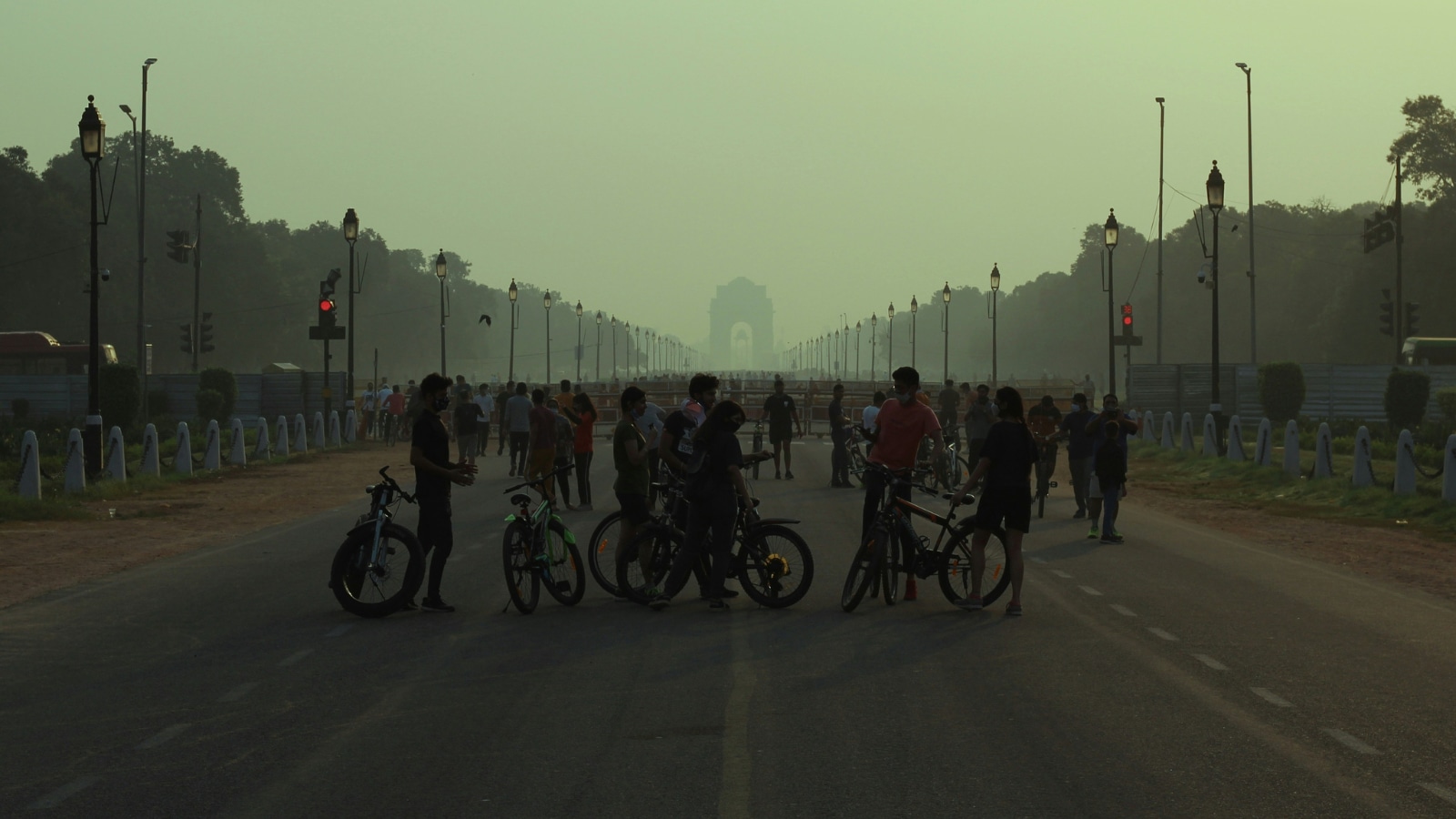Home / Environment / Delhi-NCR's Airshed: The Key to Clearing the Capital's Smog Crisis
Delhi-NCR's Airshed: The Key to Clearing the Capital's Smog Crisis
23 Oct
Summary
- Delhi-NCR's air behaves as one connected atmospheric system across 35 districts
- Improving public transport and reducing open burning can cut PM2.5 levels by 40%
- Coordinated, science-led action across the airshed is crucial for cleaner air

On October 23, 2025, Delhi finds itself once again in the grip of its annual smog crisis. As temperatures drop and air dispersion weakens, the city's air quality has rapidly deteriorated, with PM2.5 levels climbing from around 45 micrograms per cubic metre to 153 and the Air Quality Index reaching a "very poor" 286.
However, the solution to Delhi's pollution woes may lie in recognizing the city's air as part of a larger, interconnected system. Recent research at IIT Kanpur has identified a "Delhi-NCR airshed" - a shared atmospheric zone spanning 35 districts across Delhi, Haryana, Uttar Pradesh, and Rajasthan. This means pollutants move seamlessly across administrative boundaries, requiring a coordinated, regional approach to mitigation.
The data paints a clear picture. While crop-residue fires contribute episodically, the dominant sources of Delhi's PM2.5 are unregulated waste burning, vehicular emissions, and industrial activity within the wider airshed. Modelling by IIT Kanpur suggests that improving the transport mix - by expanding clean public transport and transitioning to electric vehicles - could reduce traffic emissions by over 50%. Complemented by an 80-100% reduction in open burning, this could lower average PM2.5 levels from 116 micrograms to around 50, shifting the AQI to "moderate".
The path forward lies in consistent, science-led coordination across the airshed. Hyperlocal data, AI-based forecasting, and targeted interventions in energy, mobility, and waste management can help anticipate and mitigate pollution episodes. With sustained, collaborative action, Delhi can indeed breathe easier - perhaps sooner than we think.

